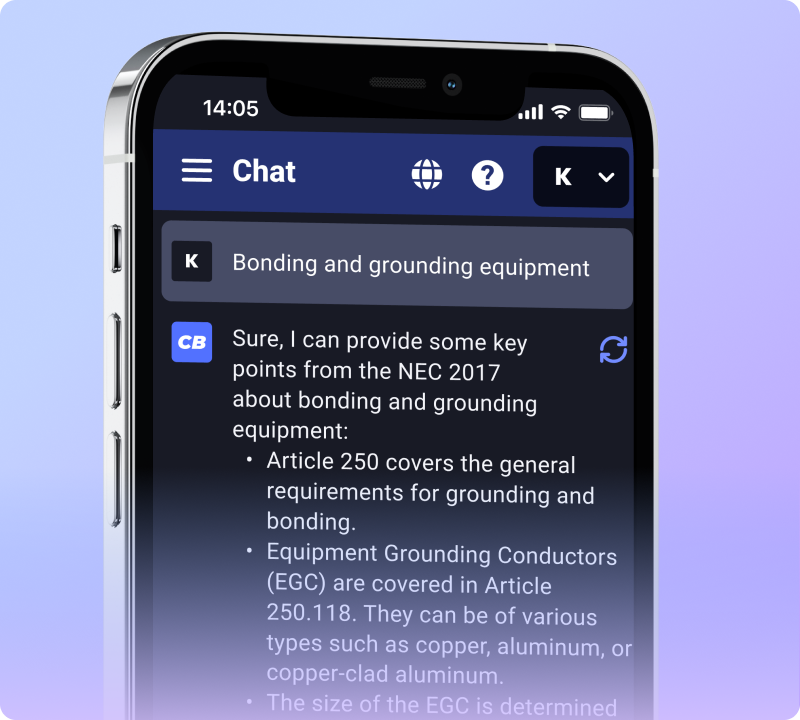Arc Fault Circuit Interrupter (AFCI) protection is a crucial safety feature in modern electrical systems, particularly for light fixtures. Understanding the NEC’s requirements for AFCI protection can help prevent electrical fires caused by arc faults
Understanding AFCI Protection
AFCI devices are designed to detect a wide range of arcing electrical faults, which can occur in electrical circuits, including those connected to light fixtures. These faults can be a significant fire hazard if not properly mitigated.
The NEC has specific requirements regarding AFCI protection for light fixtures:
NEC Requirements for Light Fixtures
- Required Locations: As per NEC, AFCI protection is required in all 120-volt, single-phase, 15- and 20-ampere circuits supplying outlets or devices installed in residential bedrooms, living rooms, family rooms, dining rooms, libraries, dens, hallways, and similar rooms or areas. This includes light fixtures.
- Type of AFCI: The NEC specifies the use of Combination-Type AFCI breakers for these circuits, which offer enhanced protection against both series and parallel arc faults.
Installation considerations
When installing light fixtures with AFCI protection:
- Professional Installation: It’s advisable to have a licensed electrician install AFCI breakers to ensure proper installation and compliance with local codes.
- Testing AFCI Devices: Regular testing of AFCI devices is important to ensure they are functioning correctly. This can typically be done using the test button on the AFCI breaker.
Conclusion
AFCI protection for light fixtures is an essential aspect of electrical safety, as mandated by the NEC. By following these requirements, you can significantly reduce the risk of electrical fires in your home or building.


